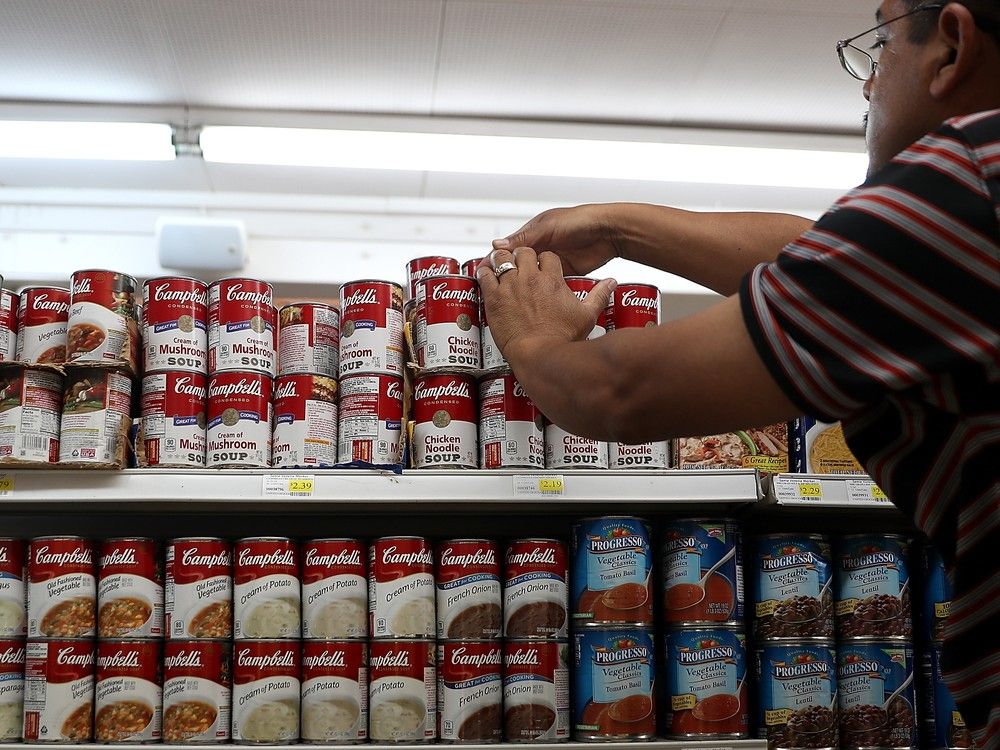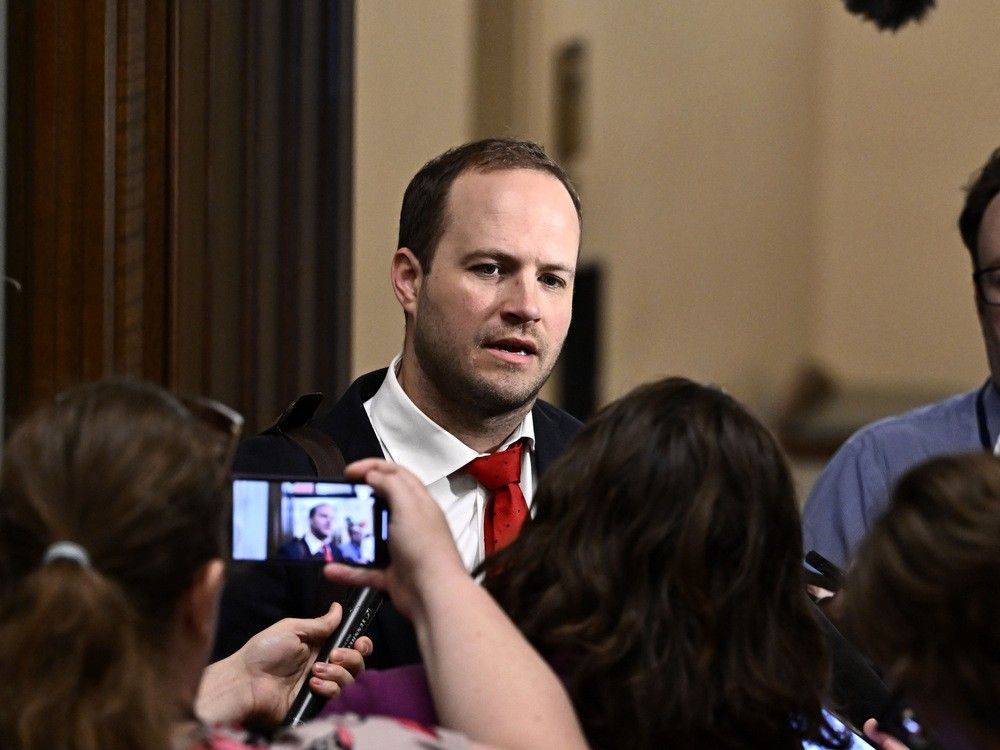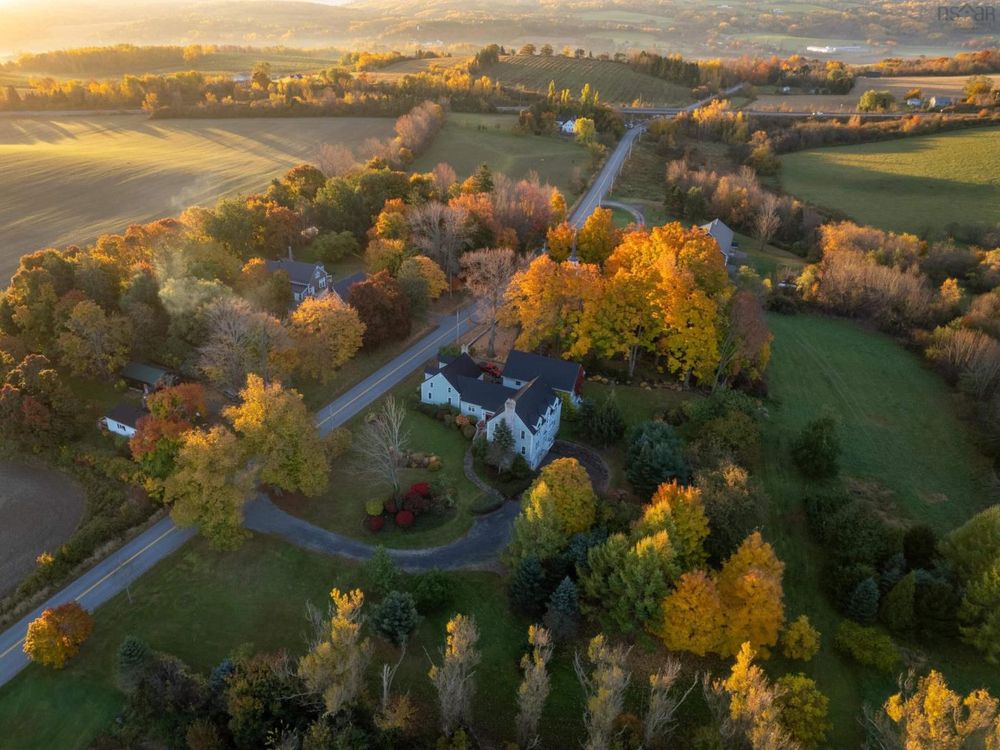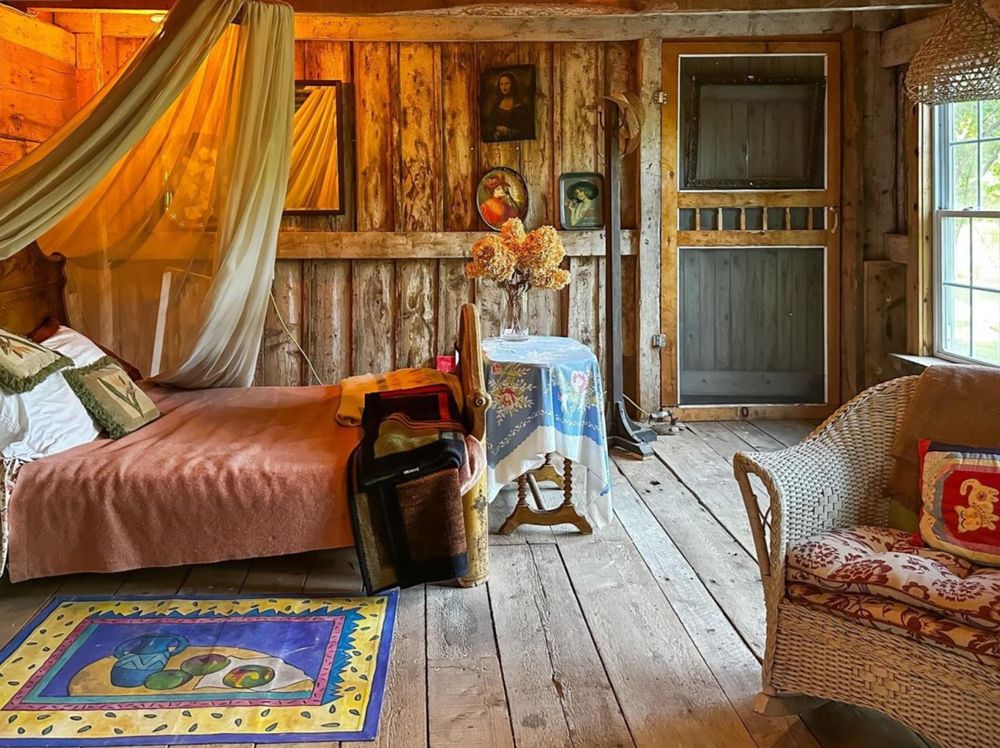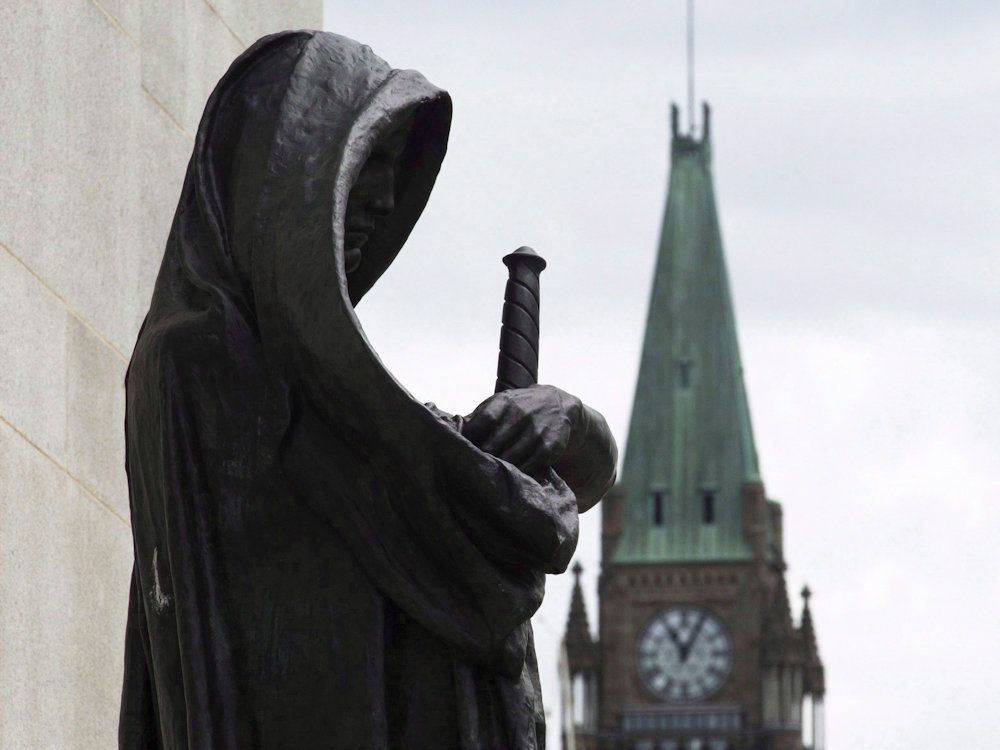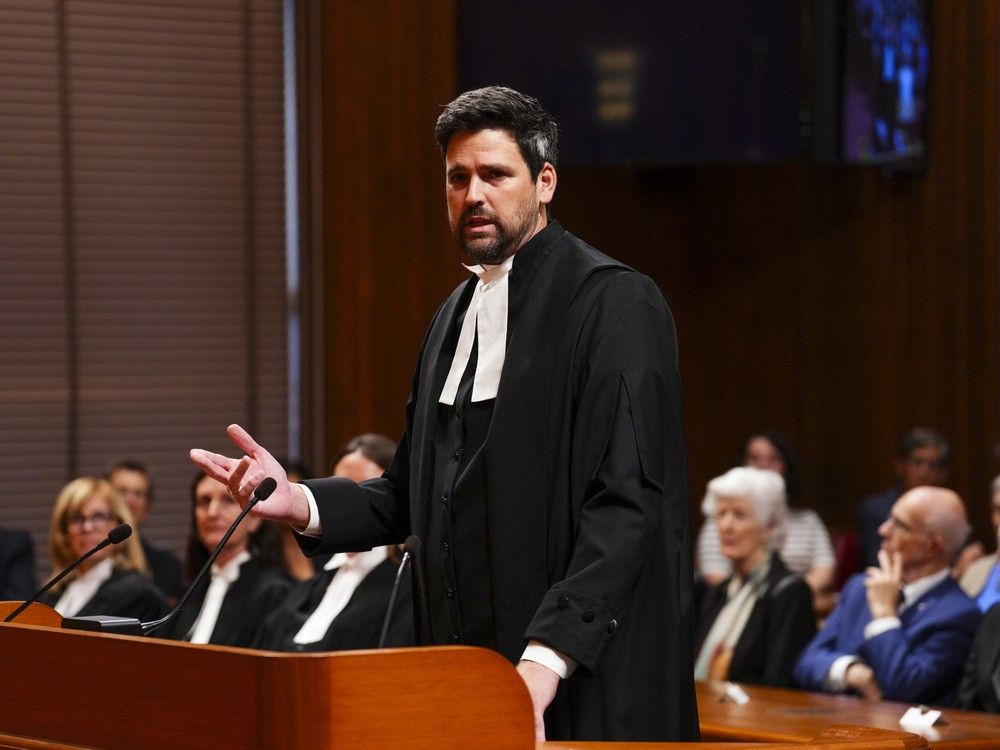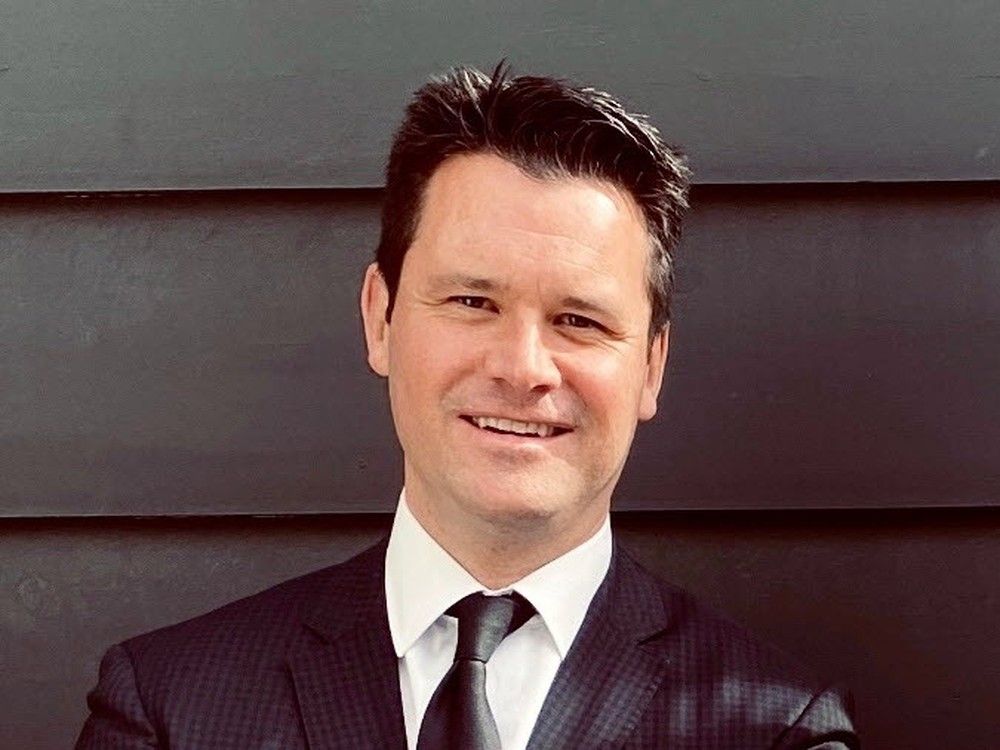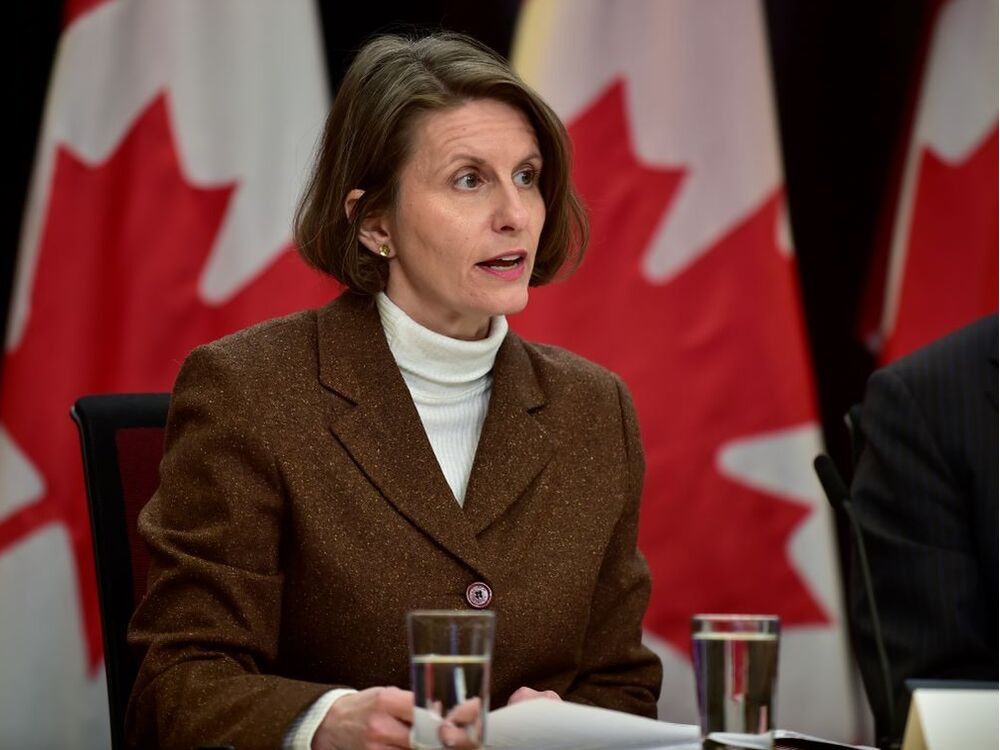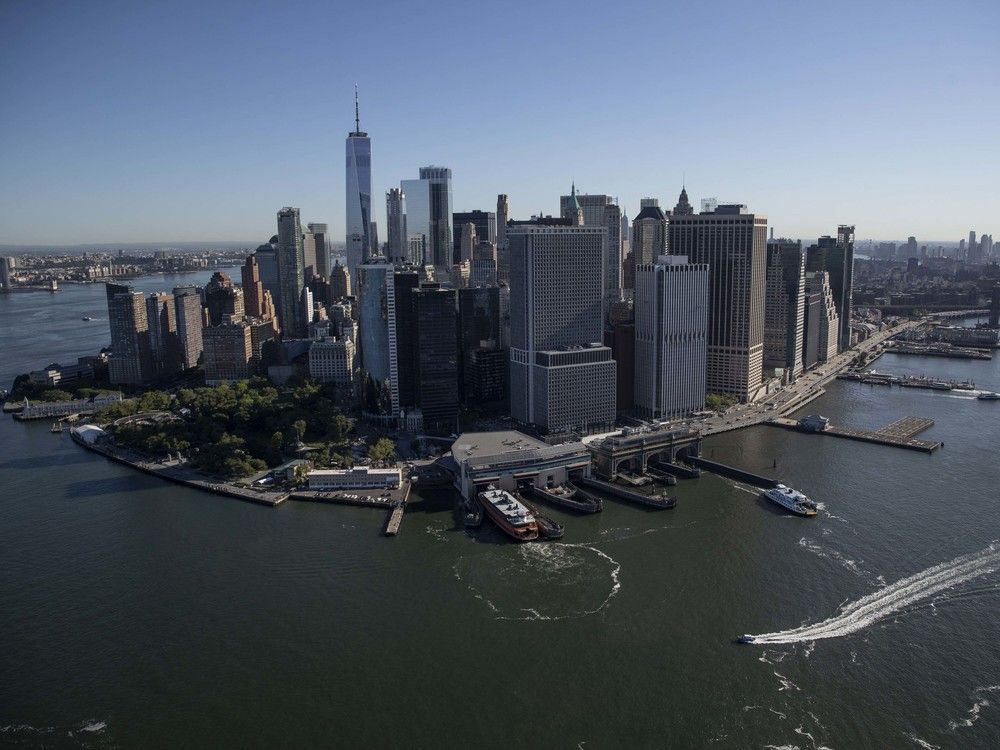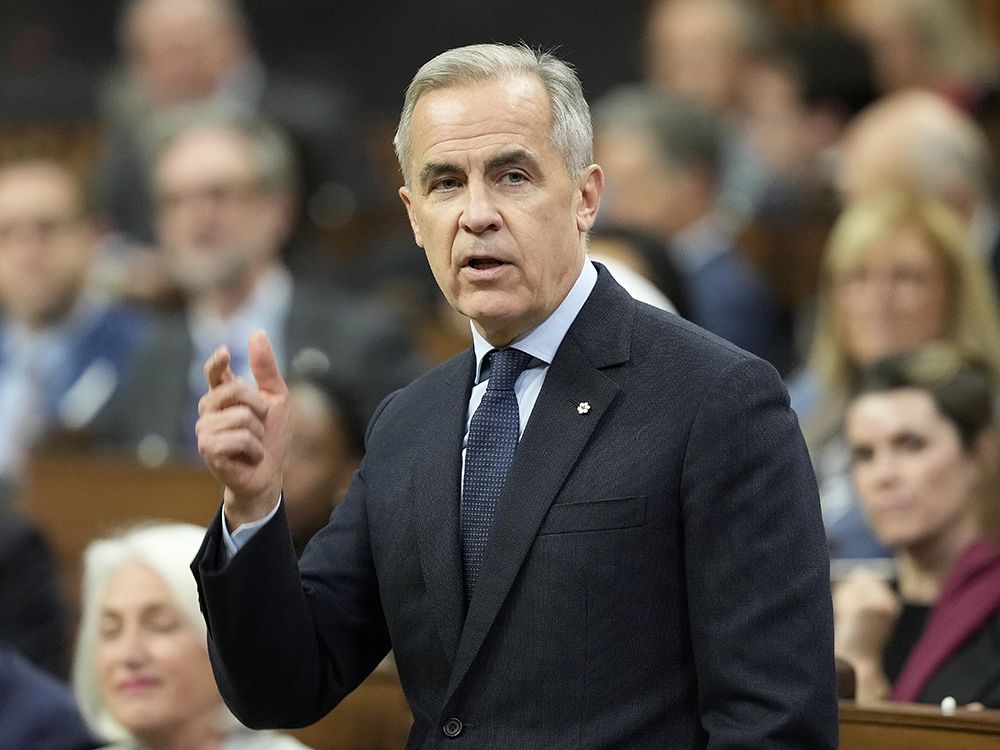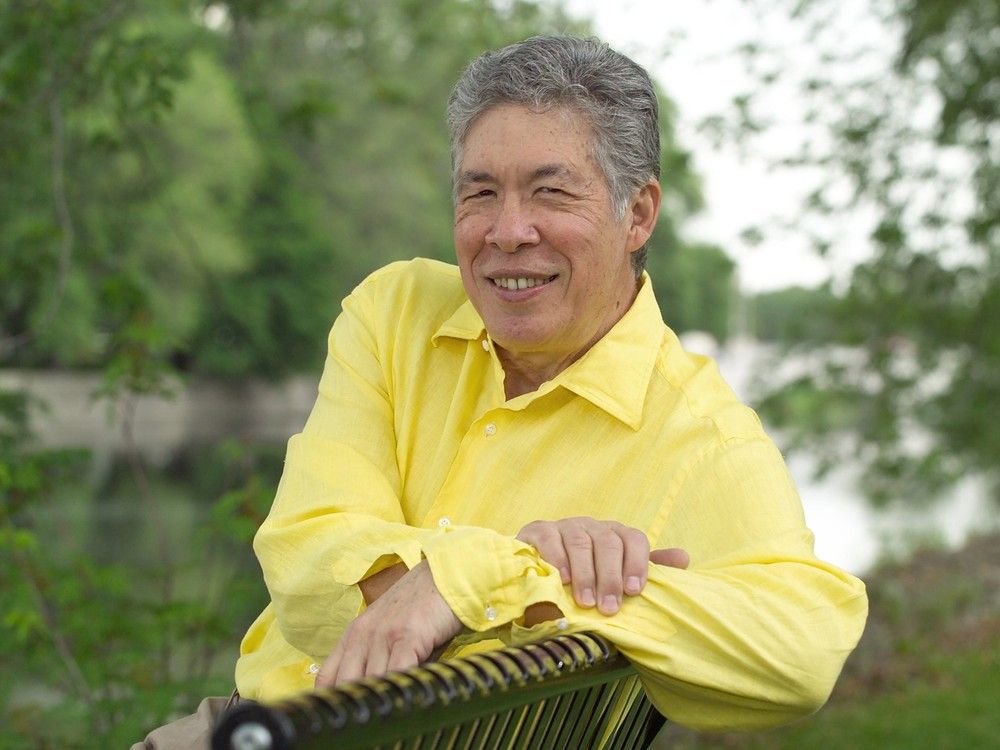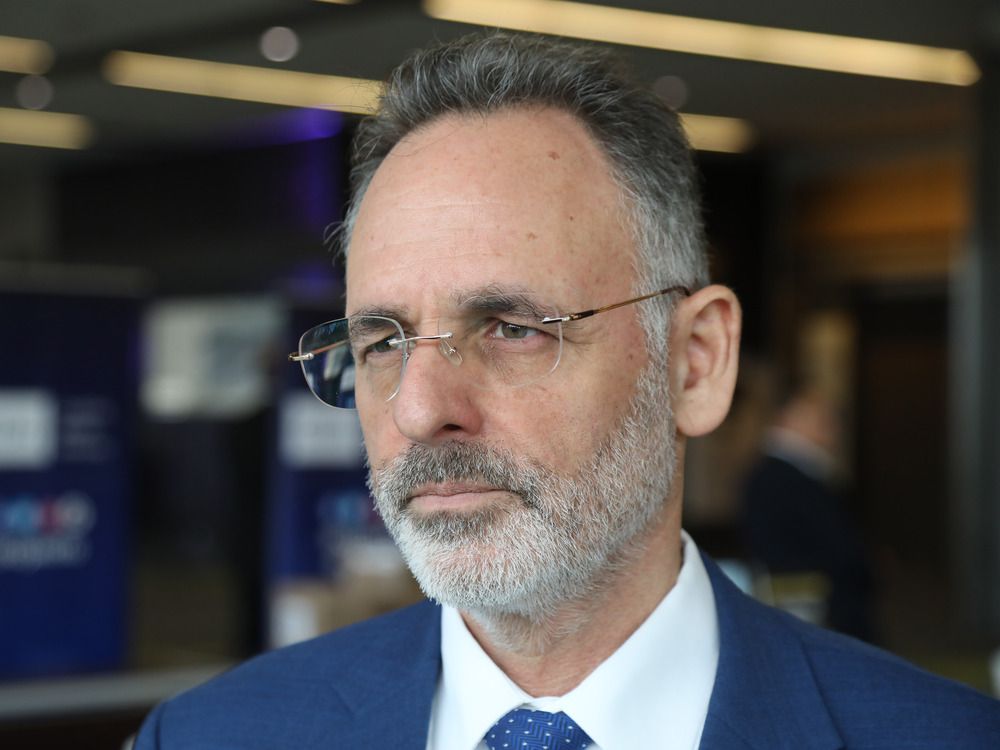
Iddo Moed says he is “extremely concerned” that a Palestinian tribunal was hosted by the Senate of Canada earlier this month.
Israel’s ambassador to Canada was in Ottawa on Monday evening, taking part in the Standing Senate Committee on Human Rights. During the meeting, Moed was asked by Quebec Senator Leo Housakos how Israel viewed the Senate, in particular, after it
.
“We are extremely concerned about such a phenomenon,” said Moed. “We understand the rules of democracy, the freedom of speech and all of that. But as I said earlier, we are in a new reality. In this new reality, these kinds of incidents have an impact, and so it’s different than just having a broad discussion and allowing people to come up with extreme views.”
The two-day tribunal took place on Nov. 14 and Nov. 15. It was condemned by Jewish advocacy group Centre for Israel and Jewish Affairs. It featured panelists who were not allowed into the country by Canada Border Services Agency, who denied the 9/11 terrorist attack, and who believed that the Charlie Hebdo terrorist attack in France in 2015 was committed by its own government, rather than the Islamic Brotherhood, said Housakos.
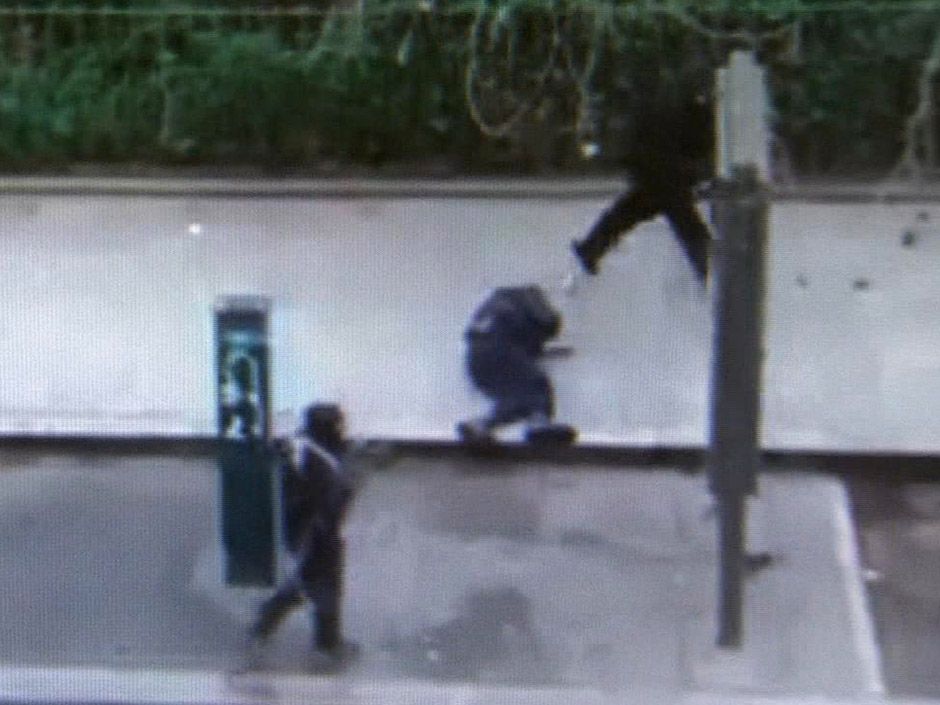
Moed said “such acceptance may give rise to expressions of hatred by other parts of the public and repeating messages that are inflammatory, that are hateful, that are discriminatory.” He said that although people should be able to speak freely “within the law,” there are ongoing discussions of how to conserve democracy while protecting “citizens from hateful speech, from brainwashing, from misinformation and disinformation.”
“This is one of the biggest challenges of these times, and we face that, and I would only say that the best way to do it is to do it together and share our experiences,” he said.
The committee on Monday also heard from Jewish women’s advocate Talia Klein Leighton. She is the president of nonprofit group Canadian Women Against Antisemitism. She responded to a question about whether or not public institutions, such as universities and governments and municipalities, were letting down Jewish people.
“I think that there is a total lack of law enforcement of these marauders who are on the university campuses, who are in the streets of Toronto, Montreal, Vancouver and so on,” she said. “And I think this lack of law enforcement, plus the statements that are made by faculty associations, by unions, has created an environment of absolute permissiveness, so that it is socially acceptable right now to be an antisemite.”
Rachel Cook, a Jewish law student at the University of Alberta, told the committee that there is “an institutional coddling of people who have views that the administration agrees with.” After October 7,
Cook asked the university to display a menorah
alongside a Christmas tree. Rather than displaying both, the university removed the tree. (A menorah holds candles that are lit during the eight nights of Hanukkah, a Jewish holiday which usually falls around the same time as Christmas. It is referred to as the Festival of Lights.)

“As a Jewish student on a university campus, I did not conflate my menorah with Zionism. My Institution did when they chose not to put it up. I’m a Canadian Jew. I’m not Israeli. I asked to display a menorah, and because the institution was worried about showing support for Israel, they took the trees down instead of doing it,” said Cook. “It wasn’t me that conflated Zionists and Jews. It was them.”
The
recognition of the Palestinian state
by the Canadian government in September is what has opened “Pandora’s box against Israel, against the Jewish community in Canada,” said Klein Leighton. She said it goes against the Canadian government’s foreign policy that has existed for years, “which is, we will recognize the state of Palestine when and only when there is a negotiated settlement, when there is a path toward democracy.”
“I’m not sure that (recognition) actually has any impact on foreign policy, or has any impact on what actually goes on in Israel or in Gaza. And it certainly doesn’t help the Palestinian people,” she said. “All it does is open up the Jewish community to greater hatred, to greater targeting.”
Despite other conflicts around the world, Housakas pointed out that the one that has most disrupted Canada’s social peace has been the war in the Middle East, sparked by Hamas terrorists killing 1,200 people and kidnapping 251 hostages on Oct. 7, 2023. He asked Moed where Canada stands on the global scale of combatting antisemitism.

“That’s a very tough question, because Israel is holding Canada to a very high standard, the same way that Canada holds Israel to a very high standard,” Moed said. “And the last few years, especially after October 7, when we’ve seen more and more incidents, those incidents are very quickly reported in Israel. They are reported because there is not only an interest, but an expectation from Canada to prevent that.”
He said the follow-up question in Israel when it comes to Canadian incidents of antisemitism is, “What is being done about that?”
Israel expects more from Canada, he said. It’s not a question of where Canada is on the global scale, he added, but rather “where our two countries see each other.”
Our website is the place for the latest breaking news, exclusive scoops, longreads and provocative commentary. Please bookmark nationalpost.com and sign up for our newsletters here.





